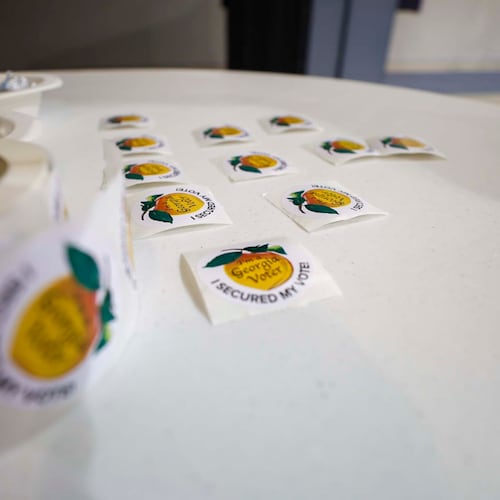A timeline for MARTA's Atlanta expansion cleared its first hurdle Thursday, winning the approval of a Board of Directors committee.
The plan spells out how MARTA plans to sequence billions of dollars’ worth of transit construction in the city in coming decades. Less expensive, locally funded projects such as bus rapid transit lines would come first. More expensive projects dependent on federal funding — including 29 miles of light-rail lines — would come later, with some not completed for more than 20 years.
The board’s planning committee approved the proposed timeline unanimously, and the full board is expected to consider it in June. But even some board members who support it say MARTA should find more money so it can complete projects faster.
“As much money as this is, as incredible an investment as this represents, it still doesn’t fill the need, let alone the desire, for transit in the city of Atlanta,” said Robbie Ashe, the committee’s chairman.
The proposed timeline is the latest step in a transit expansion made possible when Atlanta voters approved a half-penny sales tax in 2016. The tax is expected to generate $2.7 billion over 40 years, in 2018 dollars.
Last fall MARTA narrowed a list of more than 70 potential city projects to 17 projects to be paid for through the new sales tax. Now it's considering a preliminary timeline that will determine when projects move forward.
Under the proposal, the Capitol Avenue/Summerhill bus rapid transit line and the first phase of a North Avenue BRT line would open by 2025. Three arterial rapid transit routes and the renovation of the Bankhead station would be completed by that same year.
The first light-rail project — an extension of the Atlanta Streetcar east to Krog Street — would be open within a decade. Other light-rail lines — including 15 miles of rail on the Atlanta Beltline and the 4-mile Clifton Corridor — would follow. But the entire 29 miles of rail envisioned for Atlanta would not be completed until after 2040.
Catherine Owens of the consulting firm HNTB, which helped draft the plan, told board members the timeline is subject to change, depending on cash flow from the sales tax and other factors. And board members expressed a desire to speed up projects as they’re able.
Beltline supporter Kay Stephenson, who attended the meeting, was glad to hear that. She and other supporters want the full 22-mile Beltline loop completed by 2030.
“I was actually encouraged to hear Robbie Ashe and others pushing for more funding so we can get things done sooner,” Stephenson said.
About the Author
Keep Reading
The Latest
Featured


